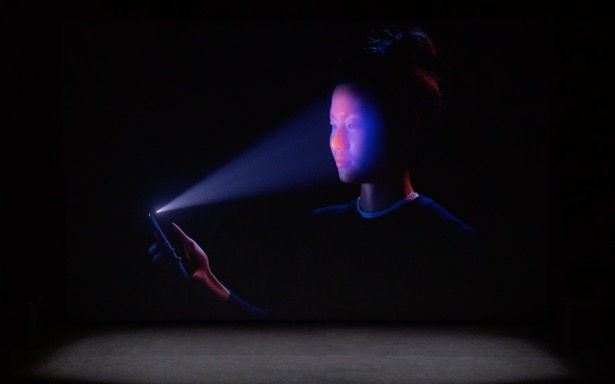iOS: Next Level Security with Face ID on iPhone X

It’s natural for one to be suspect about a new technology that is so complex, so advanced and so … different. For many, that’s the case with Face ID, now found on on the iPhone X.
The home button, a fixture since the original iPhone, is gone. To replace that Touch ID sensor, Apple has developed a new facial recognition technology that scans your face to authenticate you as the user. Apple claims that Face ID has a false positive rate of one in a million, except in highly unusual situations like identical twins or high quality 3D printed masks of your face.
The point is that while Face ID is more secure then its Touch ID predecessor — and its fingerprint recognition — it is not infallible.
Let’s understand how Face ID works.
Face ID is cutting-edge technology that uses Apple’s TrueDepth camera system to project over 30,000 invisible dots onto your face. Then it illuminates your face with infrared light and takes an infrared image. Finally, it translates that image into facial recognition data that’s encrypted and stored within the iPhone’s Secure Enclave (this data stays on the phone and is not sent to Apple or given to 3rd party developers). Face ID updates its mathematical representation of your face over time to keep up with how your appearance changes.
Moreover, things like wearing a hat, scarf, or glasses won’t confuse Face ID, nor will growing or shaving a beard. Thanks to that infrared camera, it even works in complete darkness. However, Face ID does occasionally fail — when, for instance, you hold the iPhone X too close or to far from your face. And, FYI, thanks to a technology called “Facial Awareness” Face ID works only when you look at the iPhone X — it can’t be unlocked by your face when you’re sleeping.
Just like Touch ID, Face ID can be disabled in several circumstances.
Unlike Touch ID, which lets you enroll up to five fingers because you may need to use different fingers to unlock the phone, Face ID lets you have only a single face. Some users may find this a drawback, because a popular hack was to let different family members or friends store their fingerprint on the phone for easy access.
Face ID on iPhone X is an amazing technology and is an improvement in security over Touch ID. Its ease of use makes it even more convenient then Touch ID. Increased convenience means more people are likely to use it, which increases the security of their data.
While currently only available on the iPhone X, you can expect to see Face ID integrated into future versions of other Apple hardware.
Moreover, things like wearing a hat, scarf, or glasses won’t confuse Face ID, nor will growing or shaving a beard. Thanks to that infrared camera, it even works in complete darkness. However, Face ID does occasionally fail — when, for instance, you hold the iPhone X too close or to far from your face. And, FYI, thanks to a technology called “Facial Awareness” Face ID works only when you look at the iPhone X — it can’t be unlocked by your face when you’re sleeping.
Just like Touch ID, Face ID can be disabled in several circumstances.
- If you choose to simply use a standard passcode instead of Face ID.
- If you reboot the phone.
- If you haven’t unlocked your phone in more than 48 hours with Face ID.
- If there are five failed attempts to unlock using Face ID.
Unlike Touch ID, which lets you enroll up to five fingers because you may need to use different fingers to unlock the phone, Face ID lets you have only a single face. Some users may find this a drawback, because a popular hack was to let different family members or friends store their fingerprint on the phone for easy access.
Face ID on iPhone X is an amazing technology and is an improvement in security over Touch ID. Its ease of use makes it even more convenient then Touch ID. Increased convenience means more people are likely to use it, which increases the security of their data.
While currently only available on the iPhone X, you can expect to see Face ID integrated into future versions of other Apple hardware.
